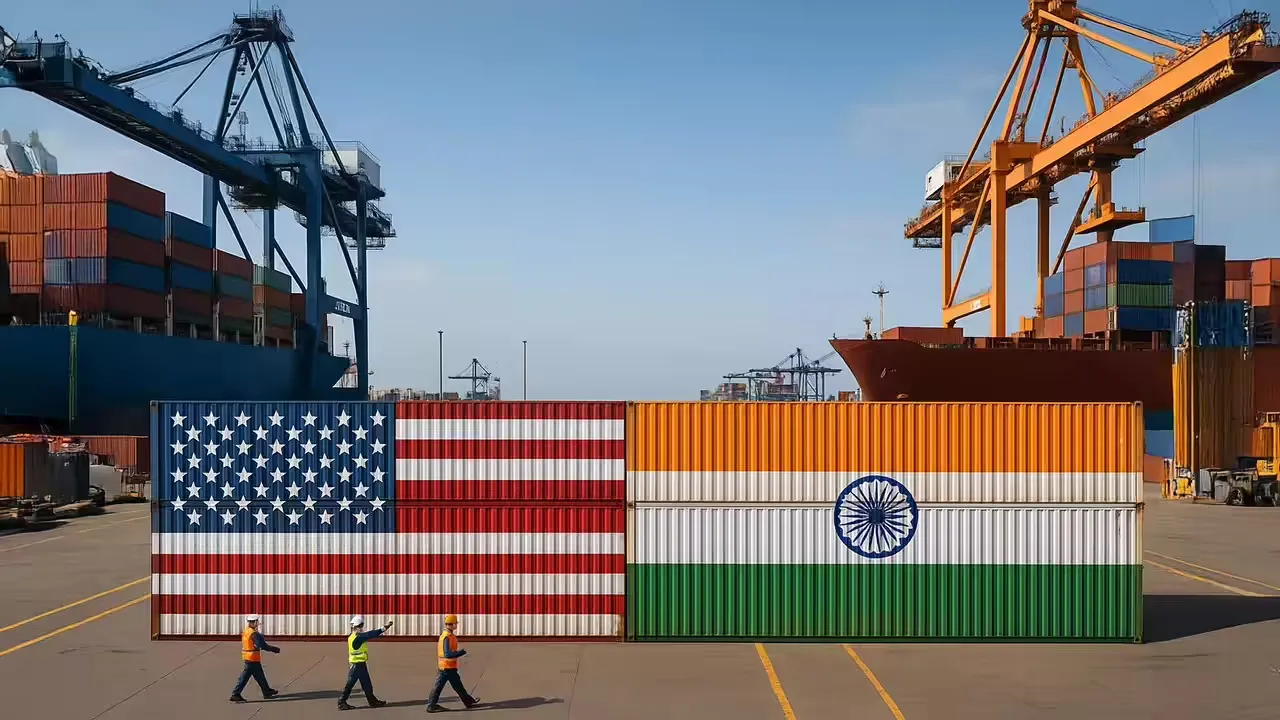In a landmark development for the global energy sector, BloombergNEF (BNEF) has reported that investments in clean energy technologies reached an unprecedented $2.1 trillion in 2024. This figure represents an 11% increase from 2023 and more than doubles the investments made in 2020, highlighting the rapid acceleration toward sustainable energy solutions worldwide.
This surge in clean energy investment is reflective of growing commitments from governments, corporations, and financial institutions to transition away from fossil fuels and embrace low-carbon technologies. With climate change concerns intensifying and international policy frameworks tightening, the financial backing for renewables, electrified transport, and energy infrastructure has reached record highs.
Breaking Down the Investments by Sector
The historic level of funding was distributed across various clean energy sectors, with electrified transport, renewable energy, and power grids emerging as the top recipients. These investments indicate the growing momentum in critical areas that drive the global transition toward sustainable energy.
Electrified Transport: The Largest Sector at $757 Billion
Electrified transport attracted the largest share of clean energy investments in 2024, reaching $757 billion. This growth was driven by several key factors, including record-breaking sales of electric vehicles (EVs), expansion in EV charging infrastructure, and continued advancements in battery technology.
Major automotive manufacturers such as Tesla, BYD, Volkswagen, and General Motors have committed to increasing EV production, with several countries introducing policies to phase out internal combustion engine (ICE) vehicles. The European Union, for example, has mandated that all new cars sold by 2035 must be zero-emission, while the United States is offering federal incentives for EV purchases under the Inflation Reduction Act.
Furthermore, public transportation systems are undergoing electrification at an unprecedented rate. Cities worldwide are investing in electric buses, rail networks, and ride-sharing programs powered by clean energy. These efforts are essential for reducing transportation-related carbon emissions, which account for nearly a quarter of global greenhouse gas emissions.
Renewable Energy: $728 Billion in Investments
Renewable energy was the second-largest recipient of funding in 2024, with $728 billion invested across solar, wind, hydro, and emerging clean technologies. Solar power saw continued cost reductions, making it one of the cheapest sources of electricity generation. The falling price of solar panels, along with government incentives and corporate sustainability commitments, contributed to its record-breaking investment levels.
Wind energy also received significant backing, particularly in offshore wind projects. Countries such as the United Kingdom, China, and the United States have increased offshore wind capacity, driven by technological improvements and declining costs of wind turbines. In addition, large-scale hybrid projects that combine wind, solar, and energy storage are becoming more common, improving the reliability of renewable energy supply.
Despite the growth in renewables, challenges remain. Grid congestion, permitting delays, and supply chain disruptions have slowed some projects, underscoring the need for continued infrastructure development to support the clean energy transition.
Power Grids and Energy Storage: Essential for a Clean Energy Future
Investment in power grids reached $390 billion in 2024, reflecting the urgent need to modernize aging infrastructure and integrate a higher share of renewable energy. Many existing grids were designed for centralized fossil fuel-based generation and require significant upgrades to accommodate decentralized renewable sources such as solar and wind.
Advanced grid technologies, including smart grids and digital monitoring systems, are playing a crucial role in improving grid efficiency and reliability. Countries are also investing in high-voltage direct current (HVDC) transmission lines to enable long-distance electricity transport from renewable energy-rich areas to high-demand urban centers.
Energy storage investments reached a record $54 billion, driven by the expansion of battery storage facilities and the growing deployment of pumped hydro storage. Large-scale battery storage systems are essential for balancing the variability of solar and wind power, ensuring a stable energy supply even when weather conditions fluctuate.
Geographical Insights: China and the United States Lead the Way
China’s Dominance in Clean Energy Investment
Mainland China has reaffirmed its position as the global leader in clean energy investment, accounting for two-thirds of the global increase in 2024. The country has rapidly expanded its renewable energy capacity, particularly in solar and battery manufacturing. With strong government policies supporting clean energy development, China continues to set the pace for the energy transition.
Additionally, China has made significant investments in electric vehicle production and infrastructure, outpacing the rest of the world in EV adoption. Chinese automakers such as BYD and NIO are expanding globally, challenging Western competitors and pushing innovation in battery technology.
United States: The Leader in Energy Transition Debt Issuance
The United States led in energy transition debt issuance, with $206 billion in investments, representing a 5% year-over-year increase. This growth has been driven by federal incentives, state-level clean energy mandates, and private sector commitments.
The Inflation Reduction Act (IRA), signed into law in 2022, has played a pivotal role in driving clean energy investment in the U.S. by offering tax credits for renewable energy projects, energy-efficient manufacturing, and electric vehicle production. Corporate America has also ramped up sustainability efforts, with tech giants such as Apple, Google, and Amazon committing to 100% renewable energy in their operations.
Challenges and Areas for Improvement
Despite record investments, the BNEF report highlights that the world remains far from meeting its net-zero emissions targets. Current investment levels represent just 37% of what is required for the remainder of this decade to stay on track for net-zero by 2050.
Several key areas require additional investment and policy support:
- Industrial Decarbonization: Heavy industries such as steel, cement, and chemicals are among the hardest to decarbonize due to their reliance on fossil fuels. More funding is needed for carbon capture and alternative low-emission processes.
- Hydrogen Development: Green hydrogen has been touted as a clean energy solution for industrial and transportation sectors, yet investment remains relatively low. Increased government incentives and infrastructure development are required to scale up production.
- Carbon Capture and Storage (CCS): While CCS technology has seen some progress, adoption remains slow due to high costs and a lack of financial incentives. Increased investment in research and deployment is necessary to make CCS a viable part of the energy transition.
Debt Issuance and Venture Capital Trends
Energy transition debt issuances hit $1 trillion in 2024, with utilities being the largest fundraisers, followed by governments and financial institutions. This debt is crucial for financing large-scale renewable energy projects, infrastructure upgrades, and grid modernization.
However, venture capital investment in climate and energy saw a sharp decline in 2024, falling by 40%. In recent years, climate tech startups had shown resilience amid broader market struggles, but rising interest rates and economic uncertainties led to reduced investor appetite. Initial public offerings (IPOs) also saw a significant drop, with capital raised declining 85% compared to 2021 levels.
Future Outlook: What’s Next for the Clean Energy Transition?
While 2024 marked a record-breaking year for clean energy investment, the road to net zero remains challenging. Governments, investors, and corporations must work together to accelerate the transition by addressing financial, technological, and policy barriers.
Looking ahead, several trends are expected to shape the clean energy landscape:
- Growth in Energy Storage: As battery costs continue to decline, energy storage will play a more significant role in balancing renewable power supply and demand.
- Emergence of New Clean Technologies: Innovations in nuclear fusion, carbon removal, and biofuels could offer new pathways to decarbonization.
- Global Collaboration on Climate Finance: Developing countries will require more financial assistance to transition away from fossil fuels, necessitating stronger international partnerships.
The record $2.1 trillion investment in 2024 marks an important milestone, but sustained growth and targeted action are needed to ensure a successful energy transition. The coming years will be crucial in determining whether the world can meet its climate goals and build a sustainable energy future.
Ready to take your career to the next level? Join our dynamic courses: ACCA, HESI A2, ATI TEAS 7 , HESI EXIT , NCLEX – RN and NCLEX – PN, Financial Literacy!🌟 Dive into a world of opportunities and empower yourself for success. Explore more at Serrari Ed and start your exciting journey today! ✨
photo source: Google
By: Montel Kamau
Serrari Financial Analyst
31st January, 2025
Article, Financial and News Disclaimer
The Value of a Financial Advisor
While this article offers valuable insights, it is essential to recognize that personal finance can be highly complex and unique to each individual. A financial advisor provides professional expertise and personalized guidance to help you make well-informed decisions tailored to your specific circumstances and goals.
Beyond offering knowledge, a financial advisor serves as a trusted partner to help you stay disciplined, avoid common pitfalls, and remain focused on your long-term objectives. Their perspective and experience can complement your own efforts, enhancing your financial well-being and ensuring a more confident approach to managing your finances.
Disclaimer: This article is for informational purposes only and does not constitute financial advice. Readers are encouraged to consult a licensed financial advisor to obtain guidance specific to their financial situation.
Article and News Disclaimer
The information provided on www.serrarigroup.com is for general informational purposes only. While we strive to keep the information up to date and accurate, we make no representations or warranties of any kind, express or implied, about the completeness, accuracy, reliability, suitability, or availability with respect to the website or the information, products, services, or related graphics contained on the website for any purpose. Any reliance you place on such information is therefore strictly at your own risk.
www.serrarigroup.com is not responsible for any errors or omissions, or for the results obtained from the use of this information. All information on the website is provided on an as-is basis, with no guarantee of completeness, accuracy, timeliness, or of the results obtained from the use of this information, and without warranty of any kind, express or implied, including but not limited to warranties of performance, merchantability, and fitness for a particular purpose.
In no event will www.serrarigroup.com be liable to you or anyone else for any decision made or action taken in reliance on the information provided on the website or for any consequential, special, or similar damages, even if advised of the possibility of such damages.
The articles, news, and information presented on www.serrarigroup.com reflect the opinions of the respective authors and contributors and do not necessarily represent the views of the website or its management. Any views or opinions expressed are solely those of the individual authors and do not represent the website's views or opinions as a whole.
The content on www.serrarigroup.com may include links to external websites, which are provided for convenience and informational purposes only. We have no control over the nature, content, and availability of those sites. The inclusion of any links does not necessarily imply a recommendation or endorsement of the views expressed within them.
Every effort is made to keep the website up and running smoothly. However, www.serrarigroup.com takes no responsibility for, and will not be liable for, the website being temporarily unavailable due to technical issues beyond our control.
Please note that laws, regulations, and information can change rapidly, and we advise you to conduct further research and seek professional advice when necessary.
By using www.serrarigroup.com, you agree to this disclaimer and its terms. If you do not agree with this disclaimer, please do not use the website.
www.serrarigroup.com, reserves the right to update, modify, or remove any part of this disclaimer without prior notice. It is your responsibility to review this disclaimer periodically for changes.
Serrari Group 2025












